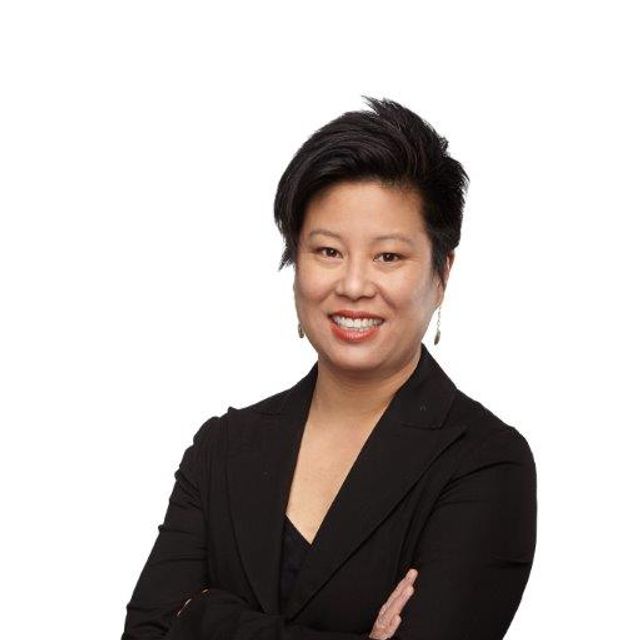Matsusaburo George Hibi
- Biography
Matsusaburo George Hibi was an American painter and printmaker, born in Japan. In addition to developing his own notable artistic practice, Hibi left a lasting impact through his efforts in organizing pre-WWII art associations in Northern California.
Hibi emigrated to the United States in 1906 as a young adult, initially studying English in Seattle, Washington. He moved to San Francisco, California shortly after, where he drew cartoons for Californian newspapers and Japanese publications. Hibi’s formal art education began in 1919 at the California School of Fine Arts, where he would remain for 11 years as a student, custodian, and staff member.
By the early 1920s, Hibi had emerged as a key figure among the Japanese and Asian American art communities based in Northern California. Hibi helped found the East West Art Society in 1921 and served as lead contact for organizing the group’s exhibition at the San Francisco Museum of Art in 1922, which featured works by himself, Chee Chin S. Cheung Lee, Tokio Ueyama, and his close friend Chiura Obata, among others. Hibi married Hisako Shimizu, a Japanese immigrant who also studied at the California School of the Arts, in 1930 and relocated to Hayward, California. While raising his two children and teaching at his Japanese language school for second-generation Japanese Americans, Hibi continued to produce and exhibit his artwork in numerous juried exhibitions throughout the Bay Area. In 1937, Hibi held his first solo exhibition comprised of 90 paintings at Hayward Union High School.
However, Hibi’s artistic career and life were uprooted by the events of World War II. After the attack on Pearl Harbor in 1941, Executive Order 9066 forced all Japanese Americans on the West Coast to move to incarceration camps beginning in 1942. Hibi and his family were initially sent to Tanforan Assembly Center, then Topaz War Relocation Center, where he played an instrumental role in organizing and running the art schools alongside Chiura Obata. Hibi continued to produce his own work as well, such as paintings and small woodblock prints that depict the camp’s barracks blanketed in snow. These works often feature his signature motif of coyotes or mountain lions, whose presence emanates a sense of anxiety and struggle for survival that pervaded the campgrounds. Despite the harsh physical and emotional climate of their incarceration, Hibi remained committed to arts, as evidenced by his writing: "I am now inside a barbed wire fence but still sticking to art–I seek no dirt of the earth, but the light in the star of the sky."
After their release from Tanforan in 1945, Hibi and his family moved to New York City, where he attempted to rekindle his artistic career. However, Hibi's health quickly deteriorated, and he died in 1947 from cancer. His widow Hisako, who later relocated to San Francisco, organized a posthumous solo exhibition of his work at the Lucien Labaudt Gallery in 1962.
Authored by Anna Lee, curatorial assistant for Asian American art, 2023.
Related Posts















